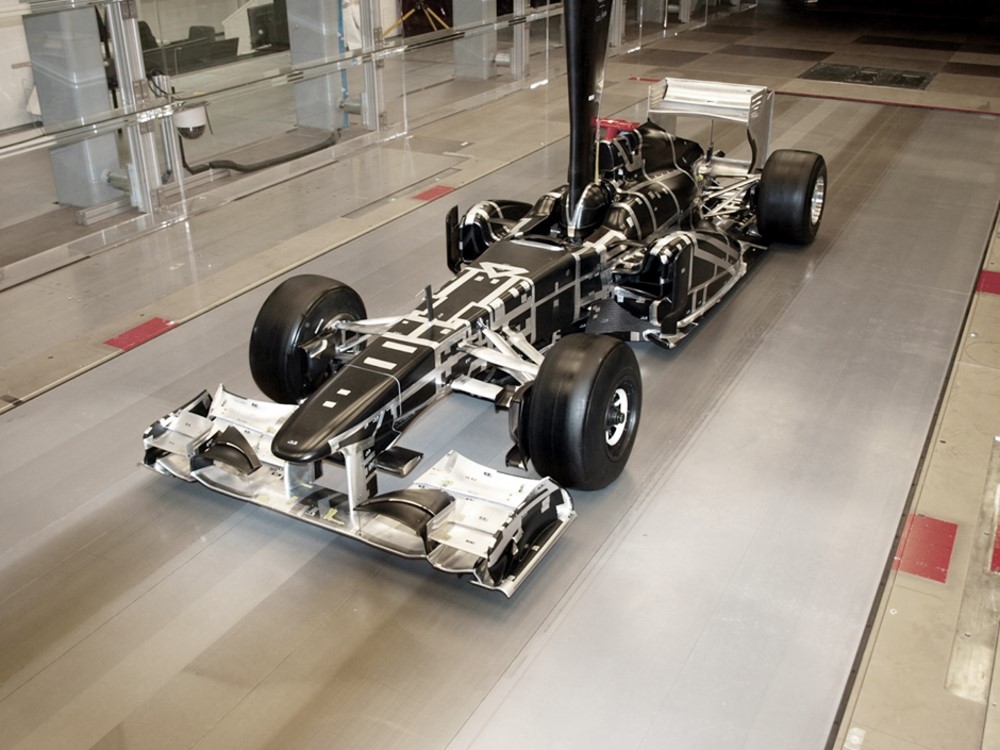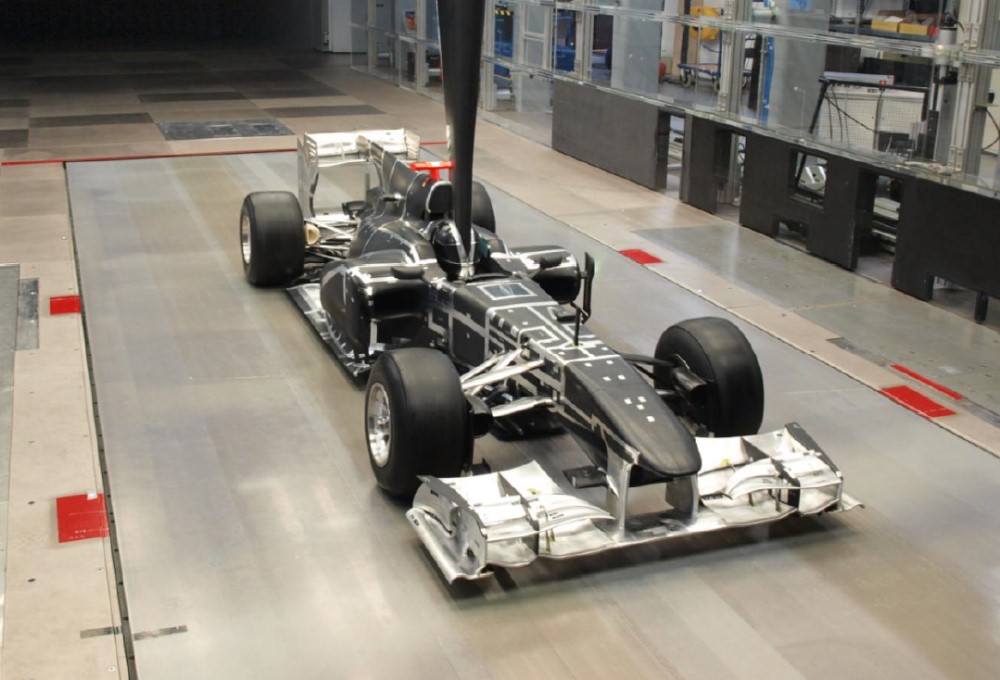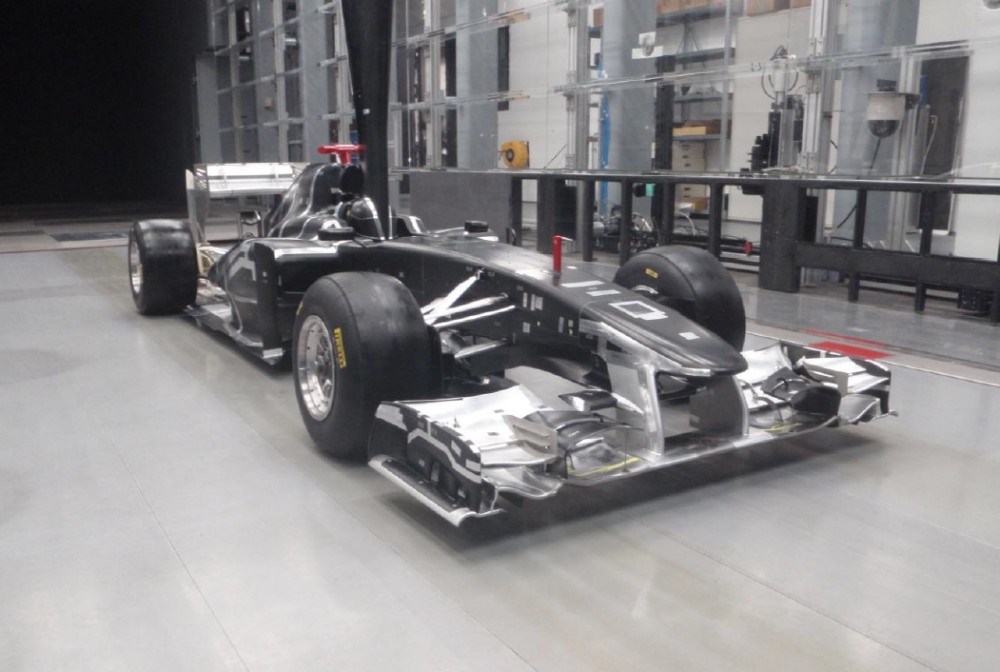F1: Toyota says goodbye to McLaren
With the McLaren F1 team moving from using the Toyota Wind Tunnel to their own Wind Tunnel, Toyota says goodbye.
Over more than a decade, TOYOTA GAZOO Racing Europe’s facility has played host to, and delivered technical support to, one of Formula 1’s most decorated teams. McLaren Racing was a competitor to Toyota in F1 up to November 2009, but around a year later was welcomed into the Cologne technical center to begin a relationship which continues to this day.

Pushing the boundaries of motorsport engineering in the search for the last thousandth of a second; TOYOTA GAZOO Racing Europe pulls back the curtain on a long-standing, mutually beneficial, and largely hidden, aspect of its operations.
Over more than a decade, TOYOTA GAZOO Racing Europe’s facility has played host to, and delivered technical support to, one of Formula 1’s most decorated teams. McLaren Racing was a competitor to Toyota in F1 up to November 2009, but around a year later was welcomed into the Cologne technical center to begin a relationship which continues to this day.
McLaren’s residency in Cologne has seen a relentless development program, supported by a wide range of TGR-E’s facilities, to develop every McLaren Formula 1 car from 2011’s race-winning MP4-26 to the team’s latest challenger, the MCL60 which recently earned its first podium, at the British Grand Prix.
“We are proud to have played a part in McLaren’s Formula 1 story for such a long period,” says TGR-E Managing Director Rob Leupen.
“To have established a trusting relationship and worked together for 12 years is a sign of the mutual respect between our two organizations, as well as the hard work of employees at TGR-E and McLaren to make a success of this relationship. We are sincerely grateful for McLaren’s commitment to us over that time.”
What began as initial test sessions in 2010 to become familiar with the accurate, cutting-edge systems in both TGR-E wind tunnels, evolved into a long-term cooperation utilizing the Cologne facility’s R&D and production capabilities to seek a competitive advantage in the ultra-competitive world of Grand Prix racing.
“The wind tunnel and facilities based at TOYOTA GAZOO Racing Europe have played a vital role in the development of McLaren’s Formula 1 cars over the past 12 years,” explains McLaren F1 Team Principal, Andrea Stella. “The cars that we have developed in their facility have gone on to win 14 races and earned an additional 29 podiums in the 2011-2023 period.”
From 2012, McLaren employees used parts of the facility as their own, in exclusive working areas with data flowing through a private network and separate internet connection back to base in the UK, whilst even moving around the city of Cologne in Toyota company cars.

TGR-E’s F1 experience not only left a legacy in terms of hardware; its highly-qualified staff were well trained in the needs of top-level motorsport, from rapid reaction and support to confidentiality and data security.
The convenience and reliability of in-house CNC production and additive manufacturing capabilities allowed TGR-E to deliver fast and high-quality parts, whether required due to last-minute adjustments or as part of McLaren’s regular parts planning processes.
No area of motorsport technology stands still, and aerodynamics moves faster than most. TGR-E’s wind tunnels may have led the pack in 2009, but timely updates were required to stay relevant. The relationship with McLaren created an ideal environment for mutually-beneficial solutions; new technologies and processes were evaluated together and, where appropriate, implemented in the wind tunnel.
Although the cooperation began in the wind tunnel, other areas of TGR-E’s 30,000m² facility contributed towards McLaren’s F1 resurgence. The Cologne facility has welcomed McLaren engineers into its engine, transmission and component testing areas at various points during the last 12 years.
Indeed, McLaren staff in their distinctive black and papaya team clothing have become a near-permanent fixture in the Cologne technical center, present there on almost every working day since 2012.
“TGR-E’s support has been invaluable to our success,” adds Andrea Stella. “We have established a good working relationship between the McLaren team and the staff onsite at the facility, with their in-house additive manufacturing capabilities and other onsite facilities being vital to the development process of our cars.
“As we move forward towards the commissioning of our on-site wind tunnel, which offers significant efficiencies to McLaren and aligns with the new structure being built at the team, we would like to recognize that the work done with the TGR-E wind tunnel has been instrumental in the team’s progress in the past and thank TGR-E for their invaluable support across this period.”
While McLaren’s aerodynamic development will soon switch to its own new wind tunnel, a continued cooperation between both organizations is anticipated for the immediate future, making productive use of the strong relationships and mutual understanding which have evolved over more than a decade.
“Our door remains open to McLaren,” concludes Rob Leupen. “We wish them nothing but success with the new wind tunnel and, whilst that naturally changes what services McLaren requires from TGR-E and how often their engineers are likely to be in Cologne, we have an open dialogue and are playing a constructive part in the process of integrating their new wind tunnel into their development program.
“I think on this activity we have clearly shown how TGR-E can add long-term value to top-level engineering projects, and we look forward to supporting innovative companies like McLaren in the future.”
